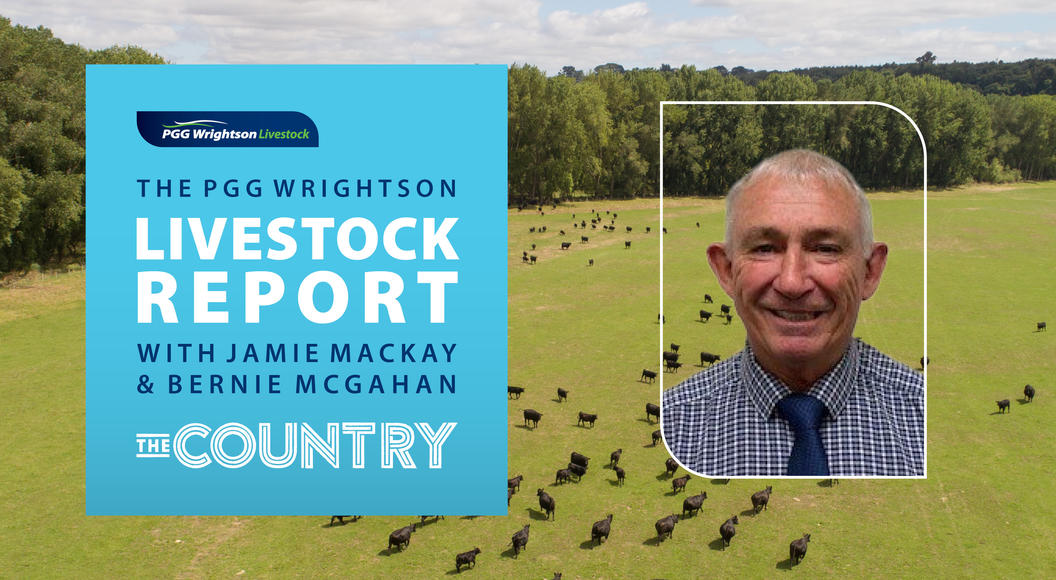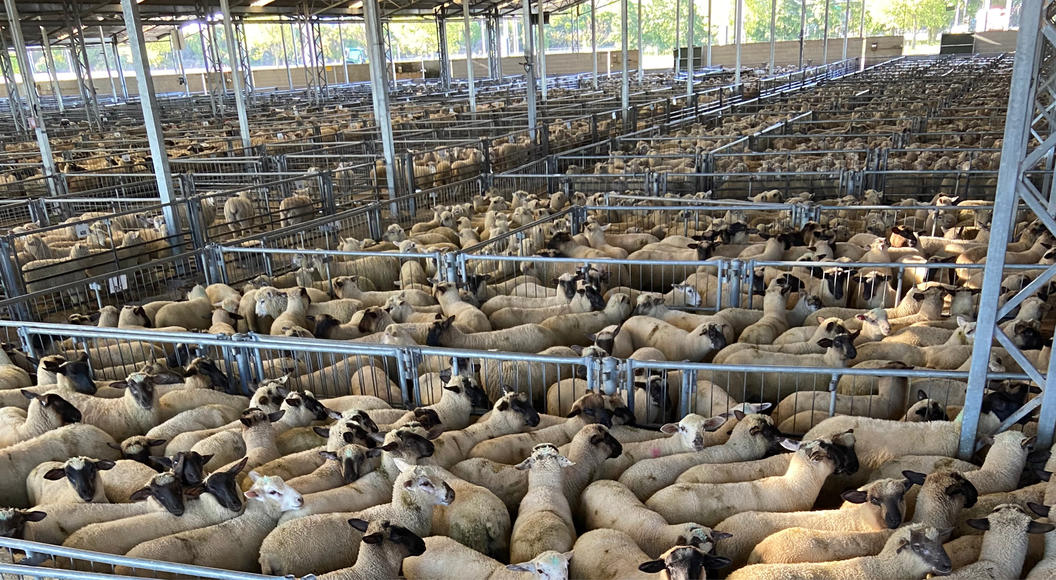IMF – the factor that gives beef the qualities consumers love
Stock with the right genetics, raised on a meticulously applied feed regime, will result in beef carcases with the intramuscular fat (IMF) that consumers demand.
Diners choose beef for the flavour, smell and feel when they are eating a premium cut. While multiple factors are necessary to produce beef with the required level of IMF, in simple terms high IMF in an animal results from the interplay between genetics and nutrition.
Consumers want IMF, and their palates tell them the more the better.
IMF gives beef its aroma and flavour: the eating qualities that make beef what it is. Fat conducts heat more slowly than water, so a cut with more IMF takes longer to reach a higher internal temperature, therefore receiving longer exposure to grilling, and more time for the volatile aroma and taste compounds to develop in the meat.
Unsaturated fatty acids contribute better than saturated fatty acids during cooking, while a cut with higher IMF produces less drip and water loss under the grill or in the pan, so will be juicier on the plate.
Higher IMF also improves tenderness. Relative to the meat’s bulk density, greater IMF means less muscle fibre and collagen, hence a more tender steak.
Within the meat, IMF develops in the perimysial connective tissue between muscle fibres, opening up and disrupting the organisation of intramuscular connective tissue, making it easier to chew.
Healthier fatty acids within IMF compared to the intermuscular fat deposits or subcutaneous fat that are also part of beef mean that as well as tasting better, a higher IMF percentage makes for a healthier beef meal.
Stock bred to deposit higher IMF also need to be nourished to encourage the trait, starting from conception. Most IMF is deposited between muscle fibre bundles within the perimysium through adipocytes located here since before the calf is born, meaning foetal maternal programming, or gestational diet for breeding cows is a key factor.
While bulls convert feed more efficiently than heifers, testosterone inhibits IMF deposits while oestrogen increases them, meaning heifers generally having more optimal rates of IMF than bulls, while steers sit in between.
During finishing, feeding for greater deposits of IMF should recognise that well-nourished cattle stash fat in four different places, in the following order: first as intra-abdominal or visceral fat, which protects internal organs and serves as an energy source; second as subcutaneous fat, deposited under the skin as an energy source; third as inter-muscular fat, also an energy source, though surrounding moving muscle surfaces, therefore serving to reduce friction from muscle movement; and fourth as intramuscular fat. IMF is therefore the last to deposit and the first to be drawn upon if the animal is under stress, hence needing a consistent feed regime right through to the end of life to develop and maintain deposits of IMF.
Breed for it, feed for it and you will be rewarded for it.


